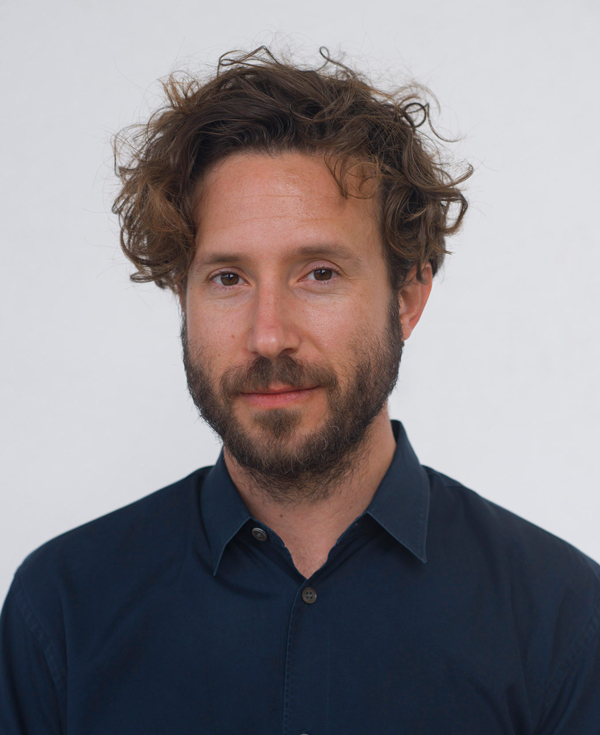Aram Moshayedi is a curator at the Hammer Museum. He organized “Made in L.A. 2016” with Hamza Walker, Director of Education and Associate Curator, Renaissance Society.
ARTILLERY: What is your area of curating at the Hammer?
Moshayedi: There are no distinct areas of specialization that separate curators at the Hammer. We collectively bring our different interests to the table in the hopes that these complement one another. My specific background has afforded opportunities to work with artists from different disciplines, but I would say I’ve tended to work with artists who are involved with the time and duration of exhibitions in interesting ways, whether through sound, film/video, or performance.
Can you illuminate the process of selecting artists for this biennial?
The process was organic. We deliberately set out to avoid any restrictions or criteria other than those that are established by the “Made in L.A.” series, which was established to focus exclusively on artists working throughout Los Angeles. Rather than approach things thematically or according to some arbitrary quotient, we wanted to think about the exhibition’s overall structure, and how certain artists and contributors from other disciplines might either fit or reject the structure of museum exhibitions of this nature.
As a group, what do the artists selected for the exhibition represent about today’s art world?
It goes without saying, but there is no singular art world today, and the artists included in the exhibition reflect this. Disparity and divergence from one presentation to the next is at the basis of “Made in L.A. 2016.” There is really no way of adequately representing culture in such monolithic terms, and we don’t expect artists to be emblems in that way. The 26 different perspectives included in the exhibition reflect concerns that are inherently tied to their unique investments and interests as artists, filmmakers, poets, choreographers, designers, composers, etc.
This is the first year fashion, made by a corporation, is in “Made in LA.” How is work created by a corporation—and a fashion label—different than that of an artist?
Eckhaus Latta is an independent fashion label that was founded by the artists Mike Eckhaus and Zoe Latta. The question surrounding their inclusion in an exhibition of this variety, within a cultural institution that more or less focuses on visual art, was not whether or not what they do as designers should be constituted as art. Instead, we wanted to address the concerns that are specific to their work in the realm of fashion. What role does marketing play, how do museums tend to absorb this form of culture within the conventions of exhibition and display—these were questions we wanted to ask, and Zoe and Mike were interested in having that conversation. One way of addressing this was by working with them to produce a new video to promote their spring/summer 2016 collection. The video is only available online, where they’ve tended to advertise in the past.
Labor Link TV, similarly, is also an entity, not an individual artist. What differences between a for-profit corporation and a labor advocacy group informed this choice?
The ways in which Eckhaus Latta participates in “Made in L.A. 2016” are not unlike how we imagined the involvement of Labor Link TV, which in part is presented through PADNET, a cable access television station out of Long Beach. Cable access television is a context and format that Labor Link TV has worked within since it was founded by artist Fred Lonidier in 1988. We wanted to retain this, while also finding ways in which the activities and history of LLTV could be represented in the format of an exhibition.


